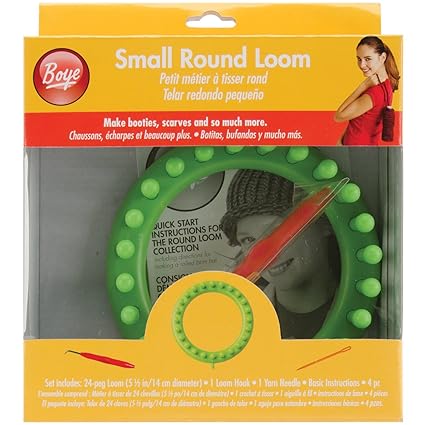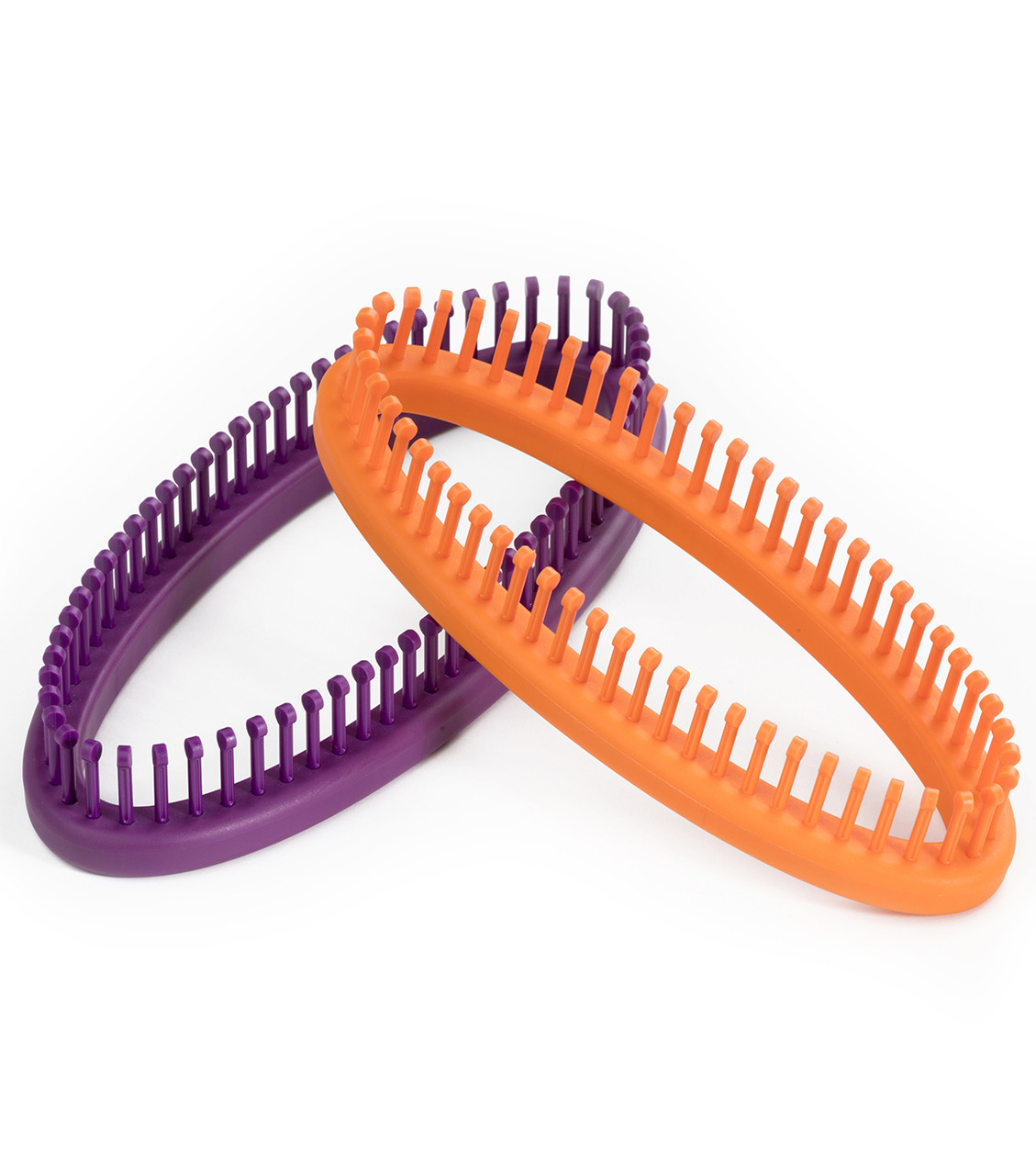I've often said that equipment makes a difference, but then so does getting to know your equipment and making it work well for you. Master those elements, get to know what they can do, and you'll create a good partnership!
Back when I was learning to skate, I was amazed at how much my spins improved when I could afford to buy a pair of skates that actually supported my ankles. With the new skates, I could land jumps -- again, because the new skates provided so much more ankle support than the too-big hand-me downs from the 1950s. Equipment made a huge difference there!
Back when I was in grade school, and learning to play an instrument, my parents bought me a crappy old $35 flute. (To their credit, they didn't know if I'd continue, and it was what they could afford at the time). The finish had been worn off in all the places it contacted previous player's skin; Most of the key pads needed replacing. The old foam in the case stunk like I don't what. I remember spraying it with Lysol to try to get the nasty smell out of that old foam. It was in rough shape all the way around, but I was determined to play it--and I did manage to get a decent sound out of it, but no one else could play it. I had somehow managed to make it work for me, because that's all I had. When I got a job and had a little money, I bought myself a shiny (used) Armstrong flute, which I cleaned and polished after every use. I took care of that beauty because I knew what could happen if I didn't, and also got a good sound out of it.
GREEN BOYE
When I was learning to use a knitting loom (only a few months ago), I started with a chunky-sized plastic green Boye loom -- because it was cheap and locally available at the craft store in town. I made a pair of fingerless gloves and was so pleased with the results that I kept going ... Perfect for learning the basics with a chunkier yarn.
KB Sock Loom
I'd also purchased an
adjustable Knitting Board Sock Loom with metal pegs, because socks were the ultimate goal. And the idea of having 1 piece of equipment that was adjustable was appealing for my already overcrowded craft space. But try as I might, this loom had 2 main issues for me :
1) The metal pegs had no give, unlike the plastic pegs on the Boye loom I started with. This made it difficult to get the tension right, or even to pull the working yarn over the pegs. You'd think I would have just learned to work looser, but no ... Sort of the same issue I had with knitting needles and too tight tension.
2) That adjustable / moveable bar seems like such a good idea, but if it's moved inward for a smaller rectangle, it's very difficult to work the recessed pegs because the other pegs get in the way.
His and Hers Knitting Board Sock Loom
- It's plastic so the pegs have a little give to them as you are working the yarn around.
- It's strong, too. I've been putting quite a bit of tension on it, and haven't broken any pegs yet.
- Additionally, the pegs have that little score line in the front, making it easier to get the pick behind the yarn.
- The oval shape means you just keep working in the round, with no corners to maneuver about. No awkward inside edges. I have to hand it to KB -- They must have been listening to their customers, and designed the tool they wanted!
- I can definitely work with this one, though I haven't finished a sock on it yet.
Cottage Loom
After seeing the vintage (and very expensive) mechanized sock knitting machines, and knowing I couldn't justify the purchase, I opted for a handmade analog model in
Cottage Looms.
- These knitting looms have a round wooden base, good and solid, with a warmer feel than the cheap plastic looms.
- They are strong with a pegs made of cotter pins. I really liked the look of these, and bought 2 in varying sizes (one for wristers, and one for socks).
And then I tried using it ... Much easier to use than the wooden rectangle KB Loom, because you work in the round. But those cotter pins being metal (again) have no give. It was very hard on my body, and difficult to pick up the yarn as there's no score pull the yarn over the top of the pins. This also caused the yarn to split because you couldn't quite get just the one yarn vs the second. Or maybe I chose the wrong yarn? The pick that came with it, is finer than the one with the Boye or KB Looms. It's all metal -- probably from a hardware supplier. I'll need to get a cushy grip for it, if I continue to use it. Maybe I just need to work with them a bit more, to figure out how best use it ... Or maybe I was using the wrong yarn? I had an acrylic yarn -- soft and dark blue. It kept splitting. Maybe it didn't have enough spring to work on this loom? Later, I tried a springy merino sock yarn, but I still couldn't make it work. Very disappointing.
Enter
CinDwood Looms. This might be the best of both worlds. You work in the round, so no corners or sharp edges. A medium-density fiberboard (MDF)wooden base with plastic pegs that have some give to it. The MDF base was kind of rough and chalky -- I had to sand it down a bit, and find a nice finish for it. Feed n Wax worked well, and smells orange-y.
CinDwood also sent a nice sturdy pick along with it. It is fortified with a pencil grip and some plastic tubing to make it just a little more ergonomic than the bare metal. I know they also sell other picks with an ergonomic handle.
Of course, you have to use the right equipment for the right yarn. And a nice springy sock yarn works great on the CinDwood loom.


































